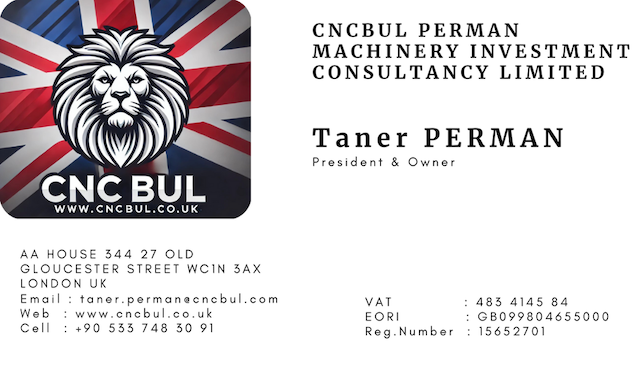What is Metal Plating, Anodizing, Solar Panel B-Chrome, Waste Water / Gas Treatments and Hardening Anodization?
1. Metal Plating:
Metal plating is a process where a thin layer of metal is applied to the surface of a substrate, typically to provide a protective coating or to improve appearance. The most common types of metal plating include electroplating, electroless plating, and immersion plating. Each type uses a different method to bond the metal to the substrate.
- Electroplating uses an electrical current to deposit metal ions onto the surface of a conductive object.
- Electroless plating uses a chemical process without electricity.
- Applications: Metal plating is used for corrosion resistance, improved wear resistance, reducing friction, improving aesthetics, and more.
2. Anodizing:
Anodizing is an electrochemical process that converts the metal surface into a durable, corrosion-resistant, anodic oxide finish. It is commonly used for aluminum but can be applied to other metals as well.
- How it works: The metal is submerged in an acid electrolyte bath, and an electrical current is passed through, causing oxygen ions from the electrolyte to combine with atoms on the metal surface.
- Applications: Provides enhanced corrosion resistance, better surface hardness, and can be used for decorative purposes (since anodized surfaces can be dyed).
3. Solar Panel B-Chrome:
While this specific term is not widely recognized, it may refer to chromium-based coatings or treatments for solar panels. Chromium coatings are used in some industrial applications to improve corrosion resistance or to add protective layers, which can be critical for solar panels exposed to harsh environmental conditions. However, the use of chromium in solar technology might be more about enhancing longevity and performance under extreme environmental conditions.
4. Waste Water / Gas Treatments:
Wastewater and gas treatments are critical environmental processes used to remove harmful contaminants before they are released into the environment.
- Wastewater treatment involves physical, chemical, and biological processes to remove contaminants, including organic matter, toxic substances, and heavy metals, from industrial or municipal wastewater.
- Gas treatment (such as in factories) involves filtering and removing toxic gases or particles (e.g., nitrogen oxides, sulfur dioxide) from industrial emissions before they are released into the atmosphere, often via scrubbers or filters.
- Applications: These treatments are necessary to reduce pollution and comply with environmental regulations.
5. Hardening Anodization:
Hard anodizing is a specialized form of anodizing that results in thicker and harder oxide layers on the surface of metals, particularly aluminum. The key difference from regular anodizing is the higher voltage and cooler electrolyte temperatures used in the process, which produce a denser oxide layer.
- Benefits: It improves surface hardness, wear resistance, and corrosion resistance.
- Applications: Often used in industries requiring more durable and tougher surfaces, such as aerospace, automotive, and heavy machinery parts.
Each of these processes is used in various industries to improve material properties, enhance performance, and meet specific functional requirements, such as corrosion resistance, wear resistance, and environmental protection.


